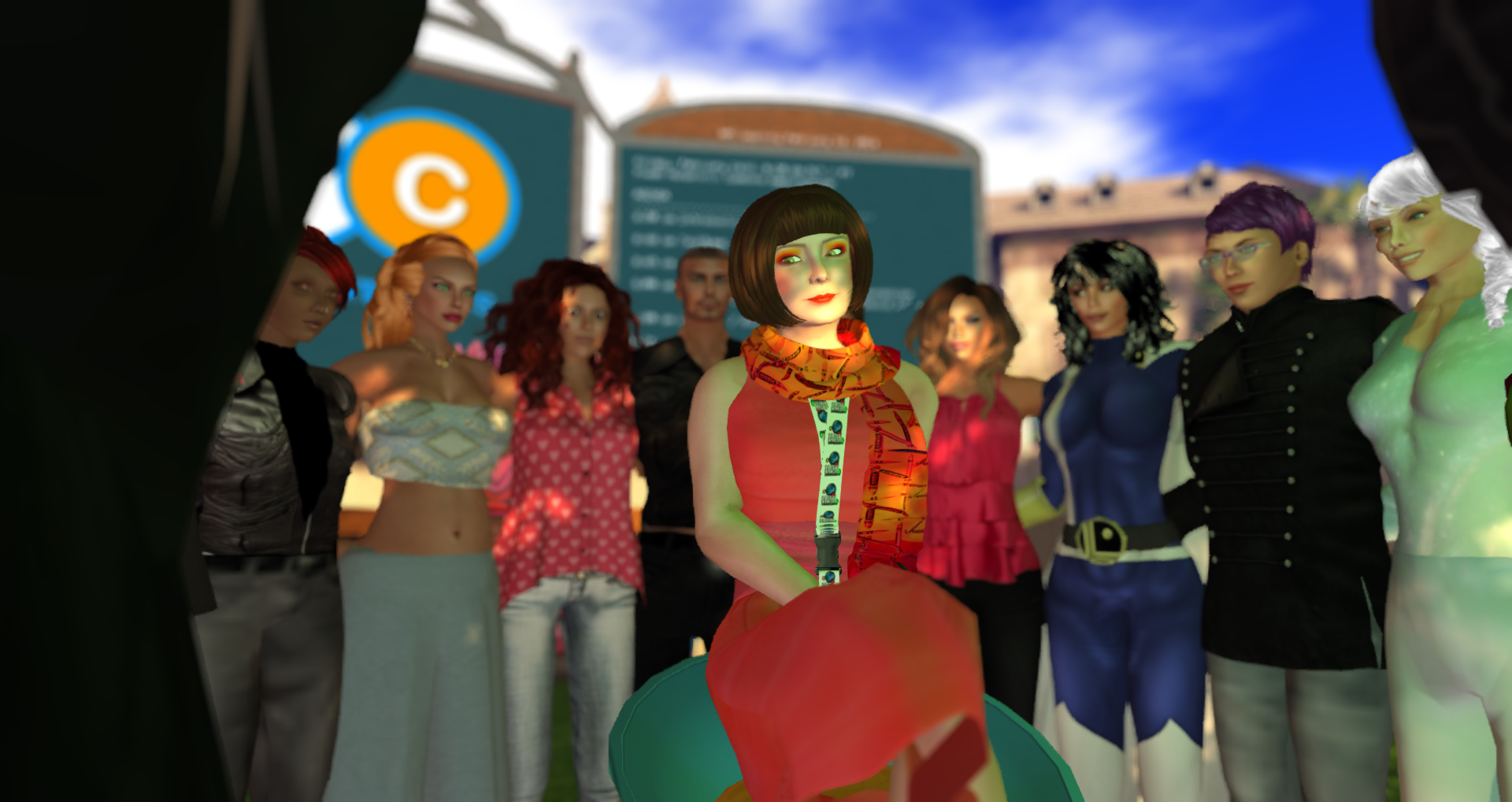Techsoup.org has just published the latest study on the benefits, impact, challenges and opportunities of nonprofits in Second Life at: http://npsl.wikispaces.com/Validation-+Nonprofits+in+SL
Written by Anika Pastorelli (Sandy Bettger) of GCN, this report represents a collaborative effort among 12 nonprofits, TechSoup and NPC volunteers in capturing, analyzing and presenting the benefits and impact of nonprofits in a virtual world. We hope the study will help all nonprofits in SL to strengthen their rationale and strategy, promote their causes and achieve greater impact.
Below is the abstract:
Nonprofits across the globe have successfully established a virtual community in Second Life (SL) via Nonprofit Commons (NPC), a two-island community managed by TechSoup and populated with almost 80 nonprofits. While NPC is but one of 11 identified “nodes” or centers of nonprofits operating in SL, it is the largest and most prominent in SL, so it is the focus of this study. A recurring concern of nonprofit boards, members and other stakeholders is to determine the benefit of participating in a virtual community environment and the ultimate impact of that participation on their real-world missions and causes. Based on interviews with NPC nonprofit representatives, this study examines the benefits and impact of operating in just such a virtual nonprofit community. The findings are that benefits exist for nonprofits, and that the impact of participation spans more than 10 areas of relevance to nonprofit real-world missions. The results include quantitative data that ranks the relative value of different impact areas on real-life missions and that captures fundraising achievements to date as well as qualitative outcomes and anecdotal examples of impact. The author takes one step beyond the study findings and explores the challenges and future opportunities for nonprofits in SL positioning themselves with respect to technological trends and their new audience (the younger “digital” generations), cost savings and environmental benefits. These research results and future considerations provide a strong rationale for the participation of nonprofits in a virtual community.
Comments/Questions: IM Anika Pastorelli in-world or email sbettger1@msn.com
Written by: GCN


 Today I attended the Avatar on Duty session at the
Today I attended the Avatar on Duty session at the